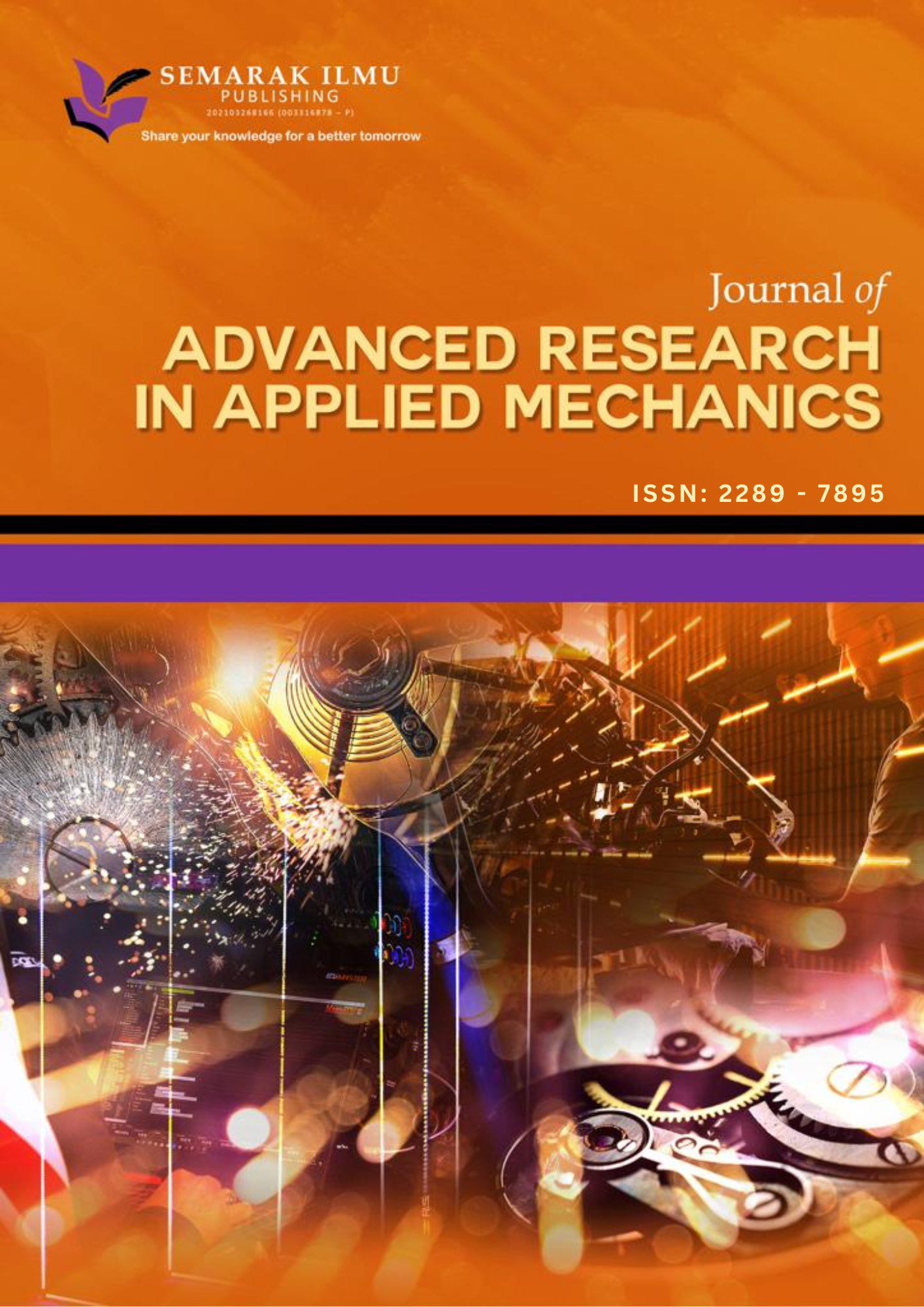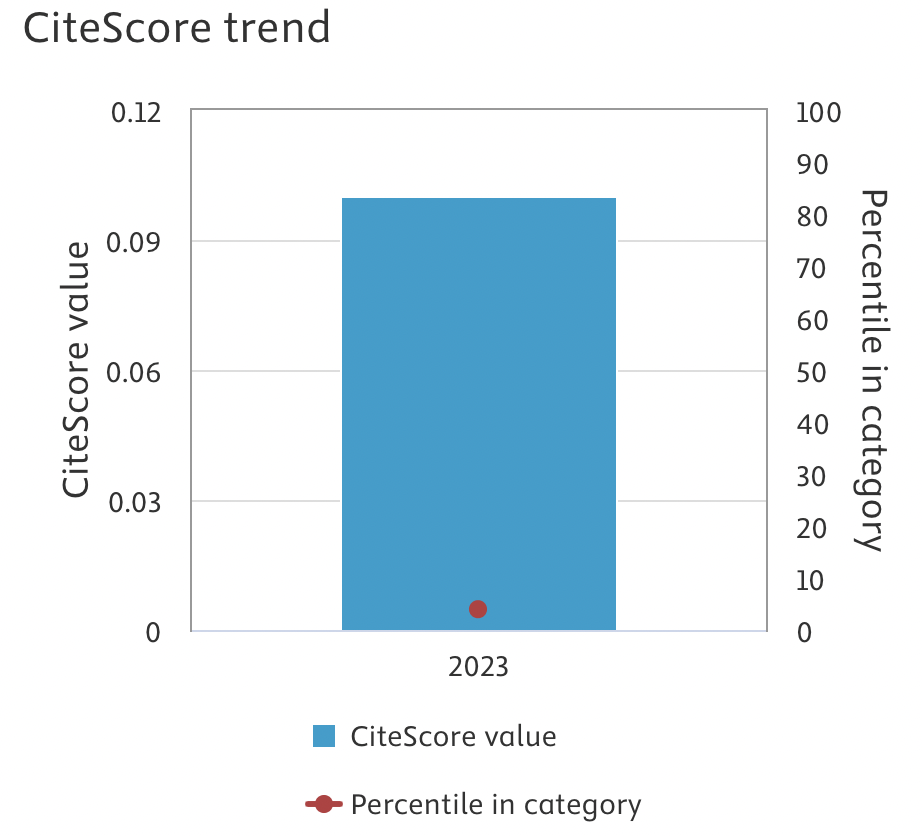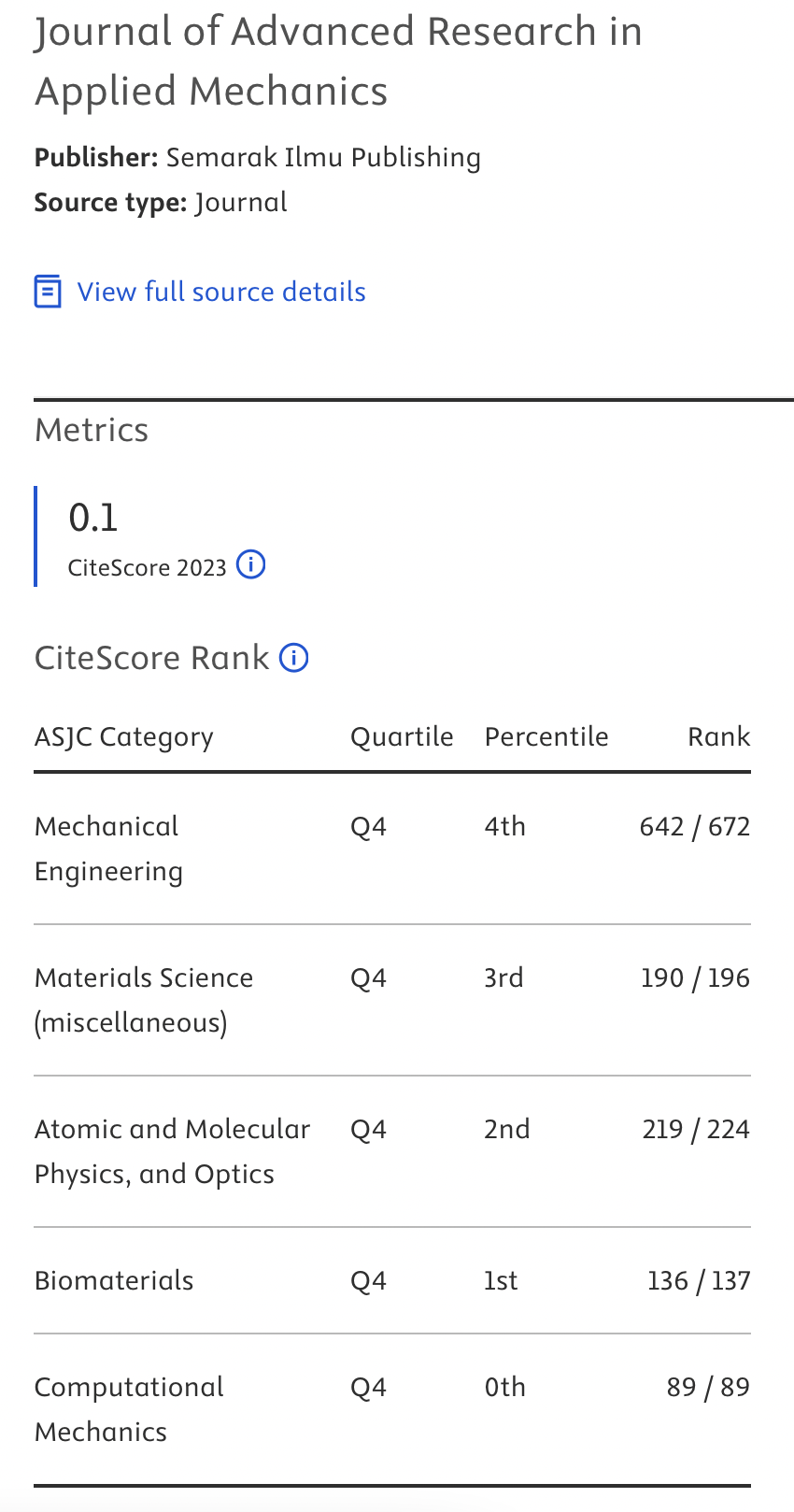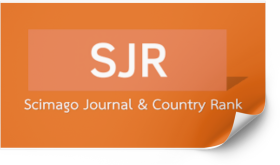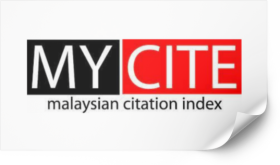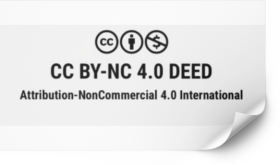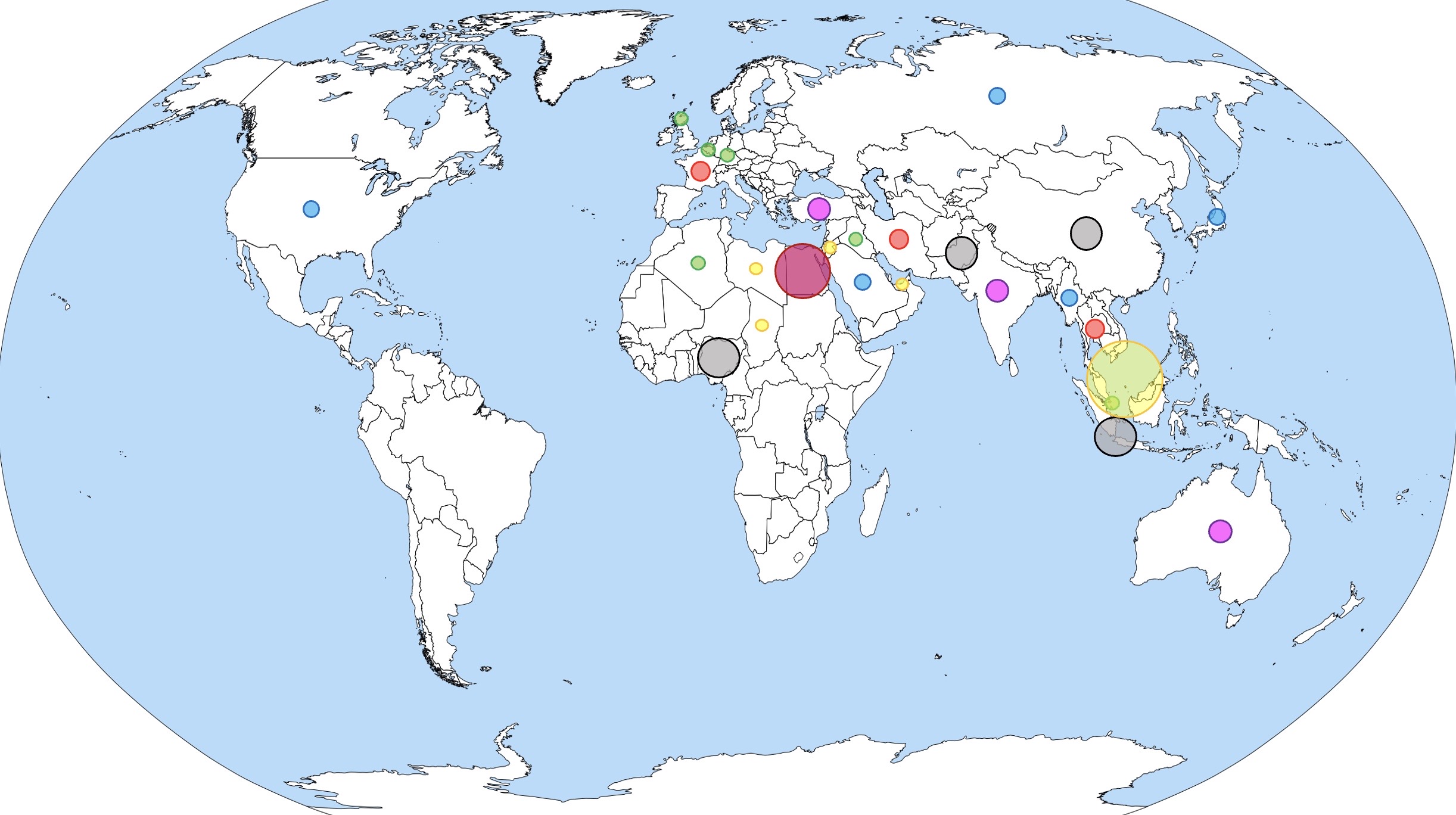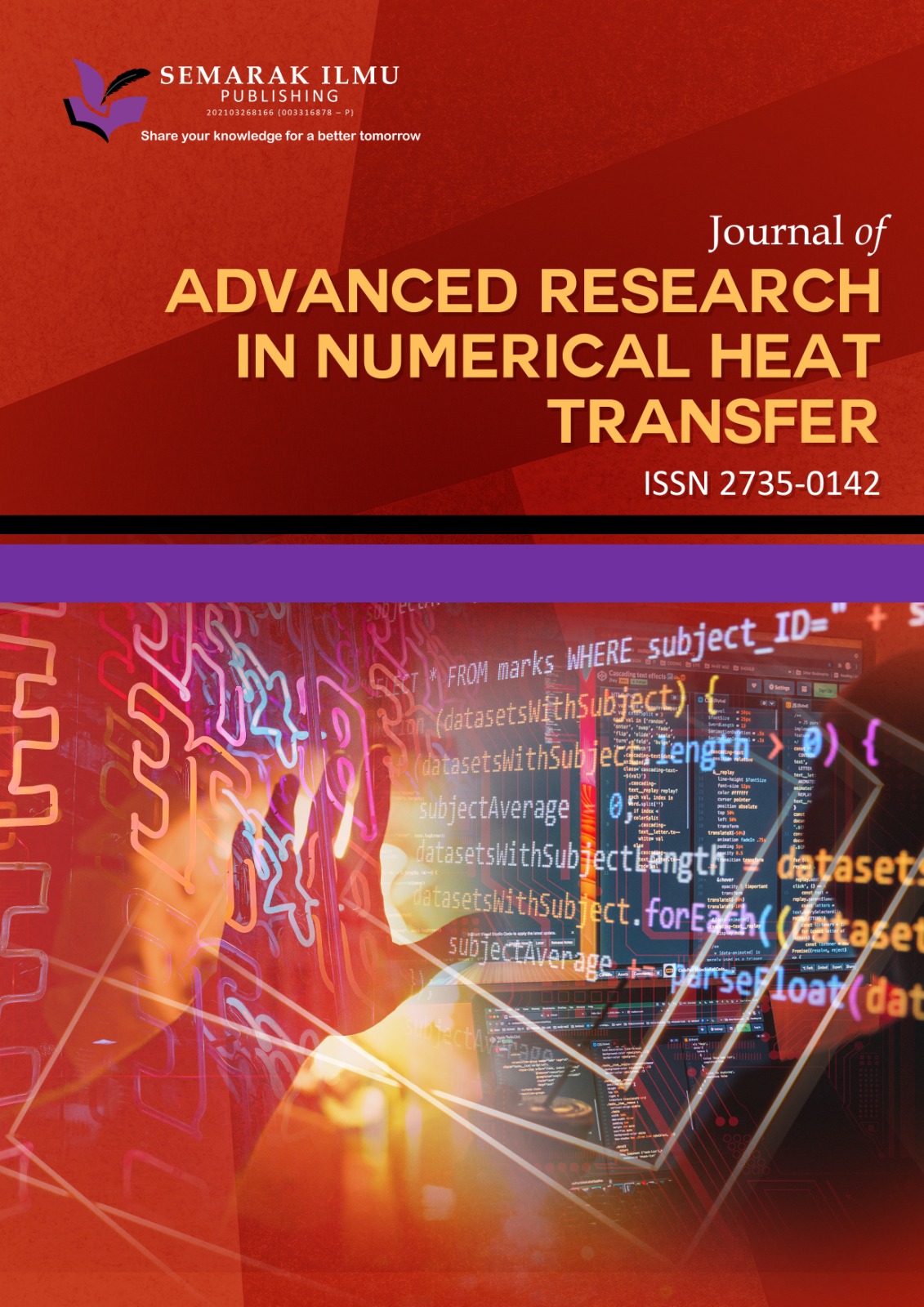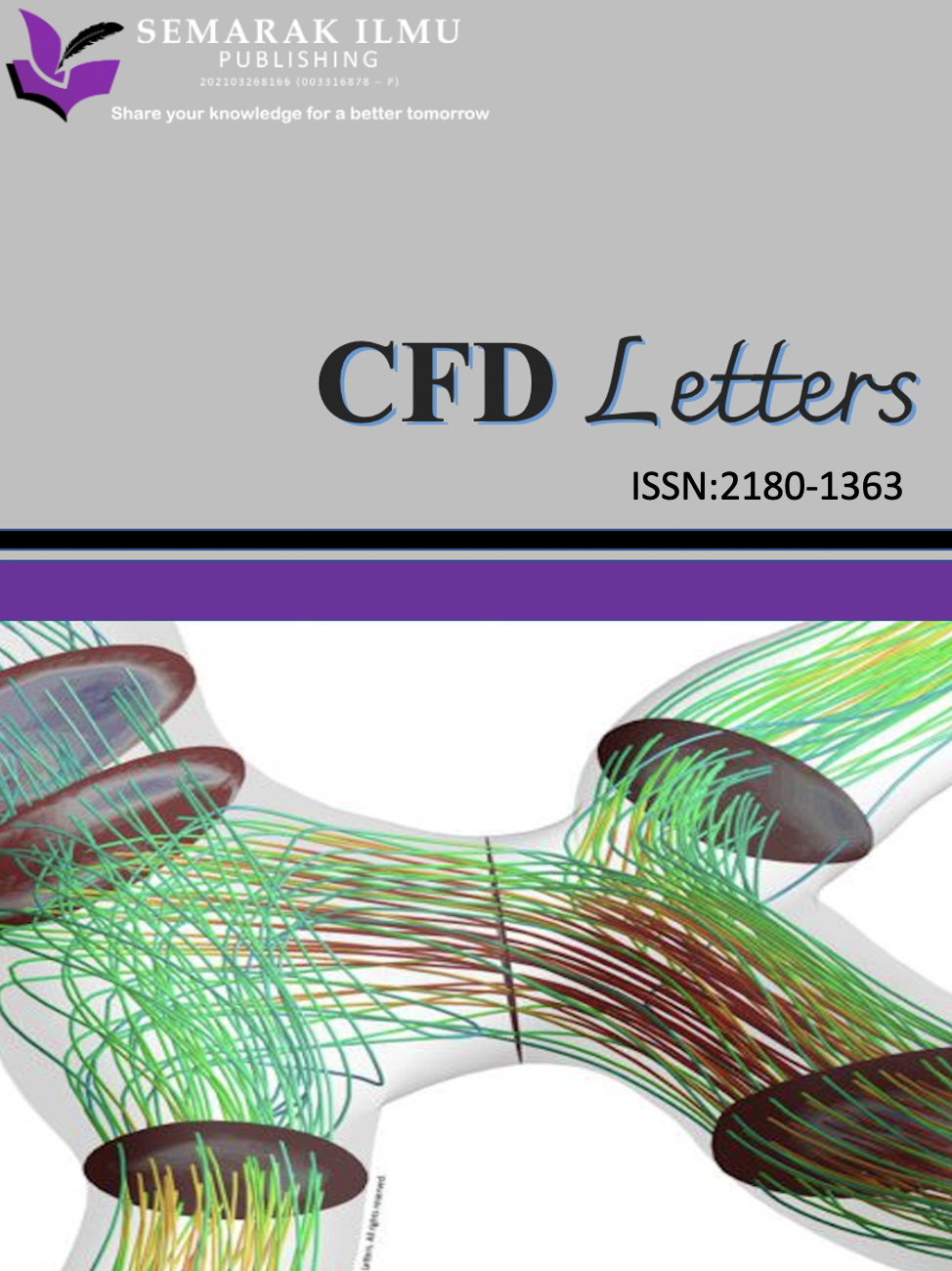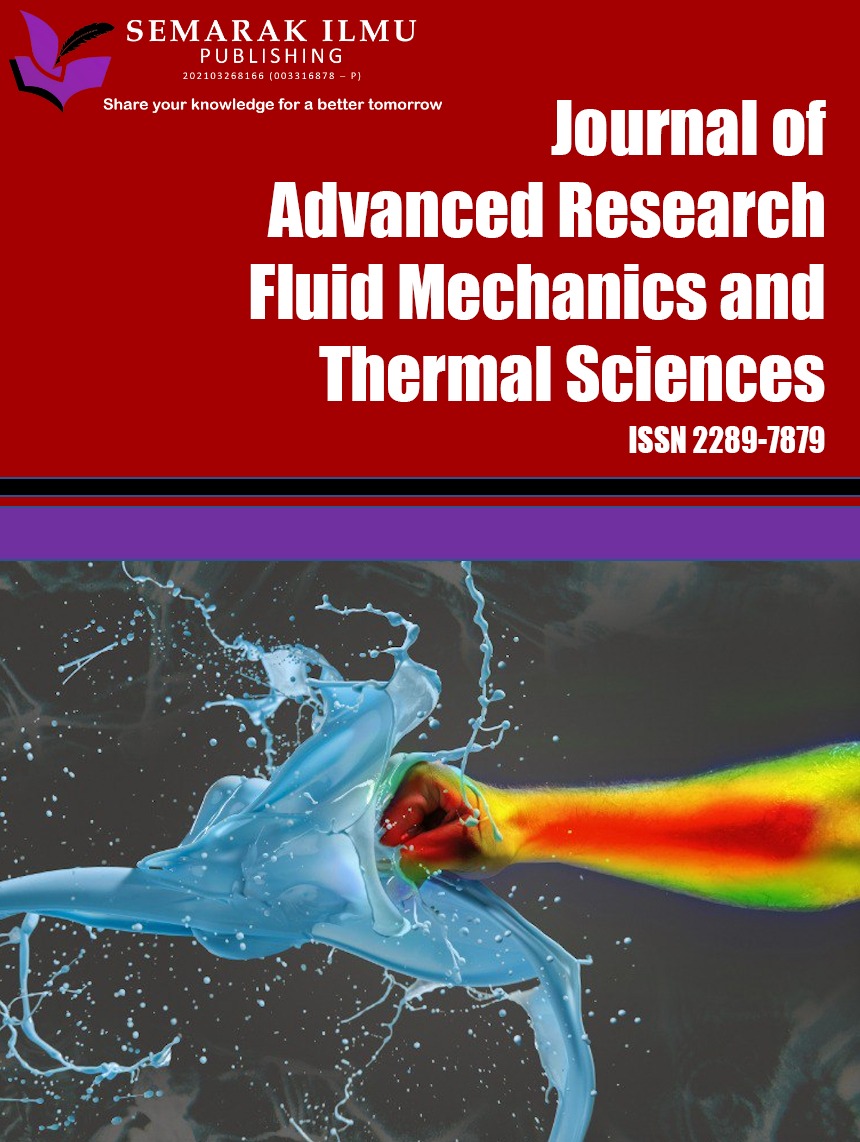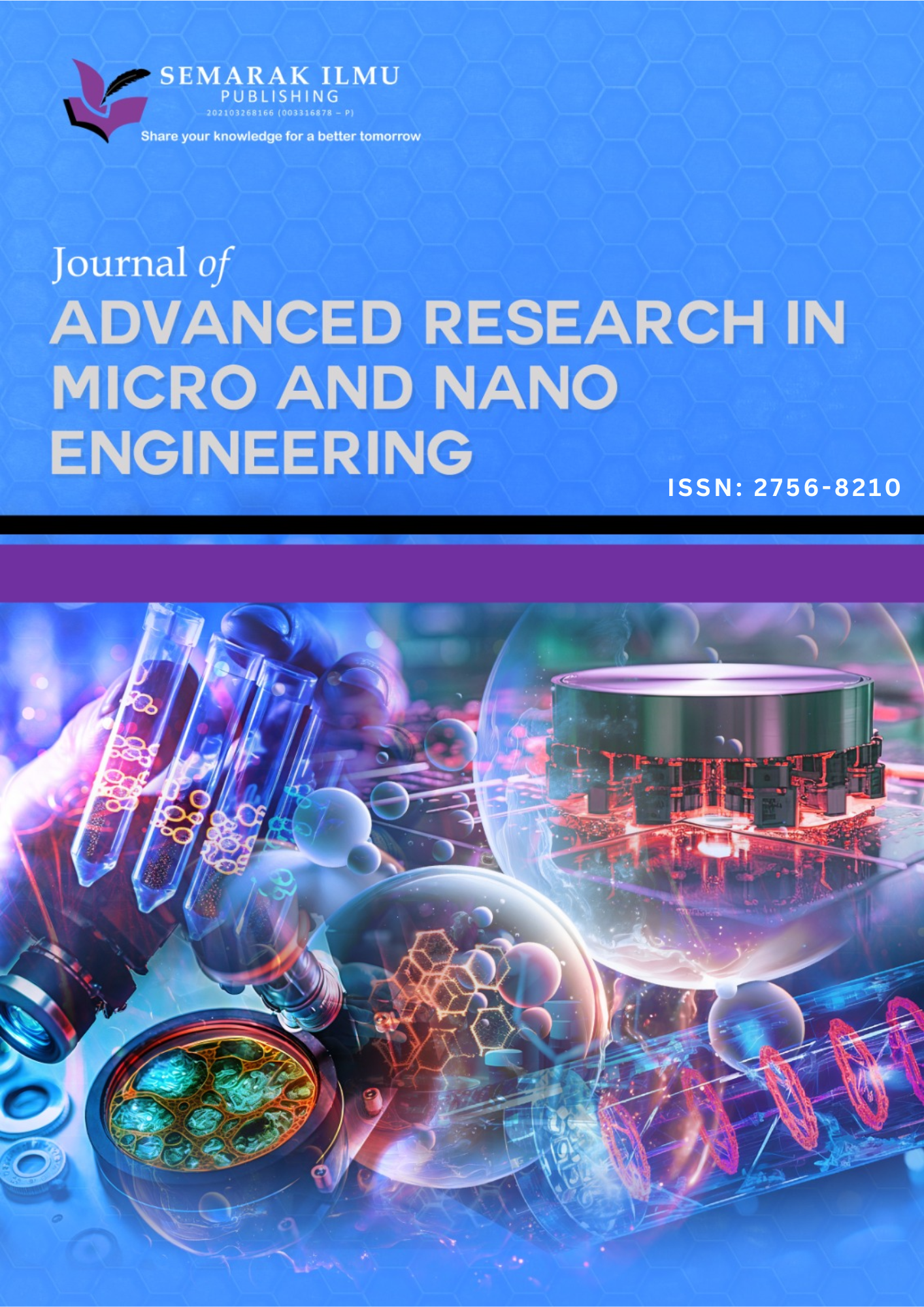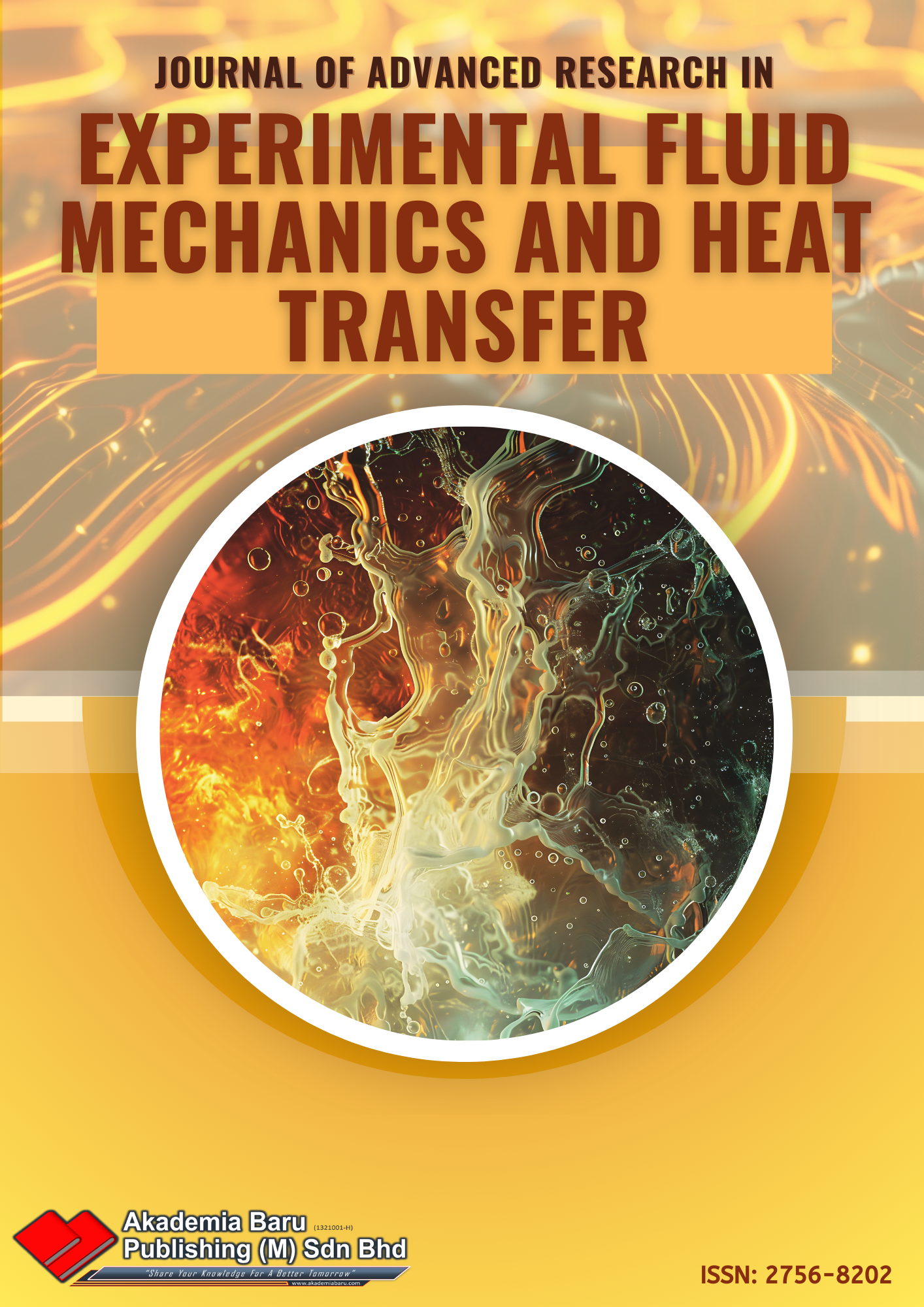A Review of Alkali-Activated Soil Reinforcement using Synthetic and Natural Fibers
DOI:
https://doi.org/10.37934/aram.131.1.2337Keywords:
Soil improvement, Alkaline activation, Geopolymerisation, Reinforcement materials, Natural fibers, Synthetic fibersAbstract
One well-known technique for treating problematic soils is soil stabilization. Its quick and inexpensive deployment provide it an advantage over replacing soil. The chemical stabilization of soil using an alkali-activated binder is referred to as a method to enhance the engineering properties of soil. Alkali-activated binders often have a high peak compressive strength, but they also have a propensity for post-peak brittleness, which is crucial in geotechnical applications. It is understood that shear stress, which is produced when relatively high tensile strength discrete fibers reinforcement are implanted in a treated soil matrix, is transferred to the fibers as tensile strength, increasing the overall soil strength and accelerating the transition from brittle to ductile post-peak behavior. Two different types of fibers—natural and synthetic—are typically used to enhance soil. The major goal of this work is to review, with reference to existing scientific data, the history, advantages, and uses of using various kinds of natural and/or synthetic fibers in alkali-activated soil reinforcement.
Downloads


